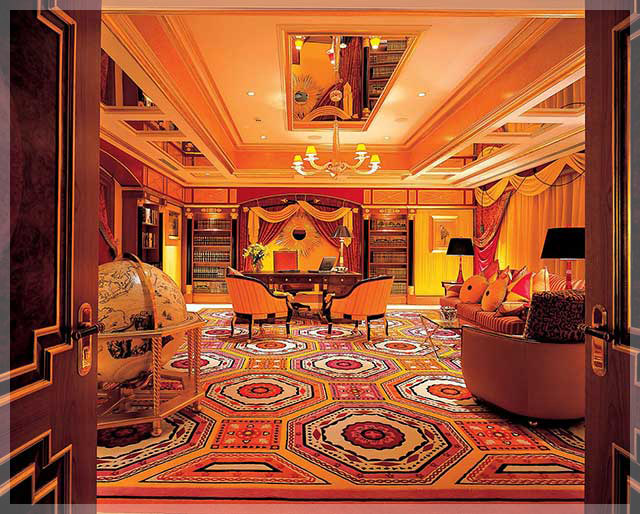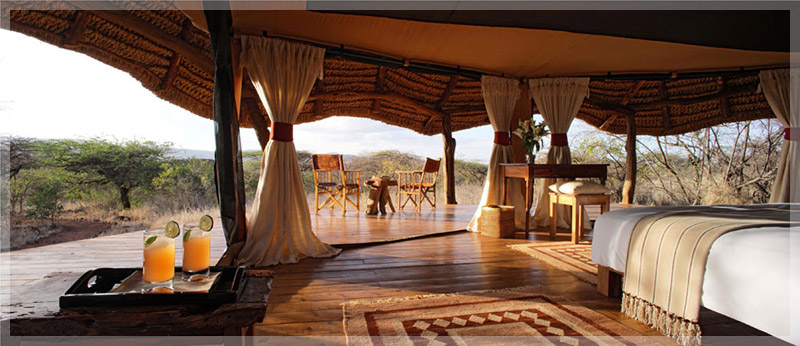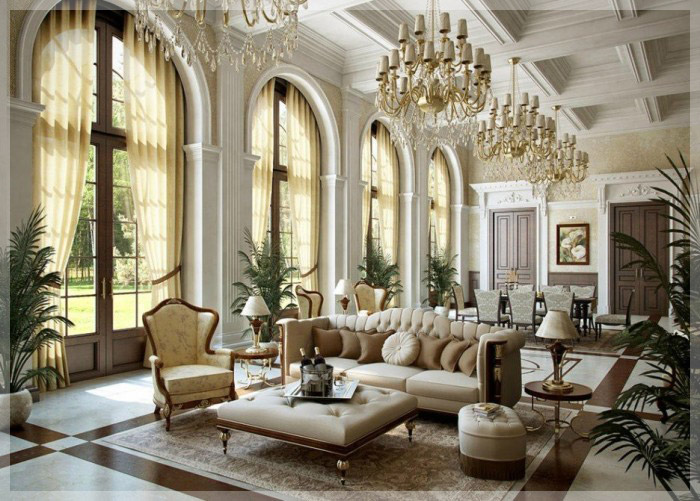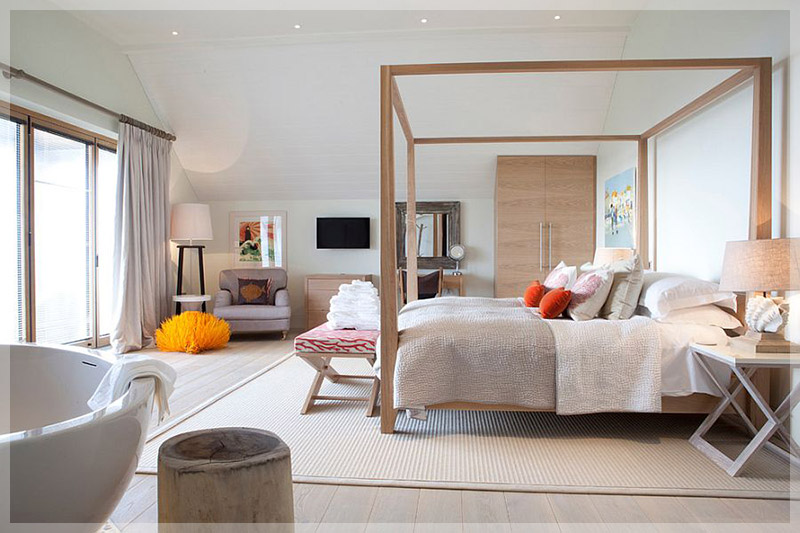Ethnography and interior design
The interaction of cultures has been observed to a certain extent at any time, and it is today that this process has become the simplest, giving rise to an ethnostile.
The very concept of ethnostil turns out to be quite shaky, because what is exotic for some peoples remains commonplace for others. But in general, this style is determined by the abundance of shades and materials, things and decor that are characteristic of a particular country, or even a specific region. There are many countries on the globe, so this style can take on a very different appearance.
Some people are surprised by these attempts to copy alien ordinariness. But supporters of the style can be quite understandable – many people are tired of the same type of apartments with a gray interior, and they want to realize something outlandish that would remind of a successful vacation, or simply allowed them to realize a spiritual impulse. And therefore, it is worth considering the possibilities of the style in any case.
Oriental style

The East has been exerting its influence on the West for more than the first millennium, bringing its radically different view of the world. At the moment, the Japanese style, laconic and expressed in perfect color combinations, has become the most relevant. This style belongs to minimalism, there is no overload of the interior, every detail is filled with meaning, everything is logical and concise. Japan is a small, densely populated country, and space is highly valued here, and all the attributes are primarily associated with saving space. It is known that the Japanese treat natural objects with special care and admiration, and the style of the Land of the Rising Sun is directly associated with natural shades, among which beige and milk predominate. The furniture is chosen non-textured, in restrained forms. Cream and white fabrics of natural origin are actively used. The territory for recreation in Japan is located in the center of the room.
Bamboo furniture, sliding wall, decoration with hieroglyphs will help to express the color. Curtains and sets of underwear, and other things with Japanese decoration are actively sold and bought. You can also buy tea dishes made of porcelain, sushi sets, vases.
The Chinese style, which was relevant throughout Europe during the Rococo era, is no longer so relevant, but fashion is not lost everywhere, it is often noticeable in attributes like vases and other products. The Indian style is even more rare, but it is also found in its unique shades of crimson, turquoise and orange. These are low teak furniture, rough textured silk, transformable furniture elements.
Southern style

The African style occupies a strong second place after the Japanese, it is recognized as the most vivid and exotic. Forged and wooden furniture with carvings, rattan items, wool carpet for the floor with typical ornaments are used.
Traditional handmade products will help to convey the color – you can use everything from wooden dishes to figurines. The color scheme is chosen warm and comfortable, bright fabrics will help to decorate the interior. You can use everything that can be associated with the black continent, up to the skins of local animals or their imitations.
Western style

The French interior has a special refinement – it is not so much the materials themselves and textures or colors that are important here, as their compatibility, the possibility of creating a single harmonious space. Carpets, gilded mirror frames, fabric trim, floor-to-ceiling windows and small balconies-all this creates the spirit of France.
Colonial and English are the same directions, because it was Great Britain that owned the main set of colonies, bringing its own improvements to them. This is a comfortable cottage, where objects from many generations are collected, where the old is harmoniously combined with the new. This is a fireplace and leather chairs, an oak table and a wooden ceiling.
The decorations of English housing are things made of earthenware and porcelain, furniture with polished surfaces and other typical things like roses on the upholstery of furniture. Fabrics can be selected quite different, because the cage will be in harmony with the pattern of delicate flowers.
The Mediterranean style is characterized by brightness, these are pronounced colors, such as blue and orange, brown. The walls are brightly painted, catchy ceramics are chosen, the furniture can be painted, like the Italians.
Northern style

The Scandinavian style is exceptionally natural and simple, here the floors are created from boards, the furniture is chosen from the simplest wood, any colors are used natural and muted. The style practically excludes decoration, but fabrics are actively used.
The German style is rational, this is the direction of pragmatists, where only reliable and practical things are used. Flowers are used very actively, the Germans like to see them both in a live form and in decorative elements.
The use of ethnic styles requires attention and caution, because each of them was created for thousands of years. None of them should be copied thoughtlessly, it is the nuances and various little things that form the ideal interiors.
Pub date: 2016.10.27